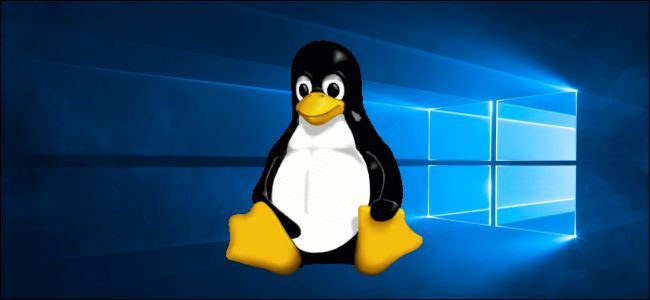Windows 10's Windows Subsystem for Linux is already extremely powerful, even including a built-in Linux kernel with WSL 2.0. Now, Microsoft is making it even more powerful, enabling graphical Linux desktop applications and GPU hardware acceleration support.
It's still all about developers: Graphical Linux desktop app support will let developers run their favorite integrated development environments for Linux on Windows. Graphics processing unit (GPU) support will enable hardware acceleration for GPU compute tasks like parallel computation and machine learning workflows.
Technically, it was already possible to run graphical Linux desktop apps on Windows 10 by installing a third-party X server. That won't be necessary anymore---it'll just work out of the box, and Microsoft is putting effort into making graphical apps run. GPU support is new and wasn't possible for Linux apps on Windows 10 until this latest update.
There's one other new feature, too. Microsoft is promising it will be easier to install the Windows Subsystem for Linux in a quicker, more simplified fashion. You'll just have to run the
wsl.exe -install
command.
Microsoft announced these features at Build 2020. All of these new features won't be available immediately. We expect to see them added to Insider builds of Windows 10 soon, and they will come to stable versions of Windows 10 in the future after that.
For example, Microsoft announced WSL 2.0 that will run a real Linux kernel on Windows 10 at Build 2019 in May 2019. That feature isn't available to everyone in stable form yet and will only debut with the launch of Windows 10's May 2020 Update later this month.

